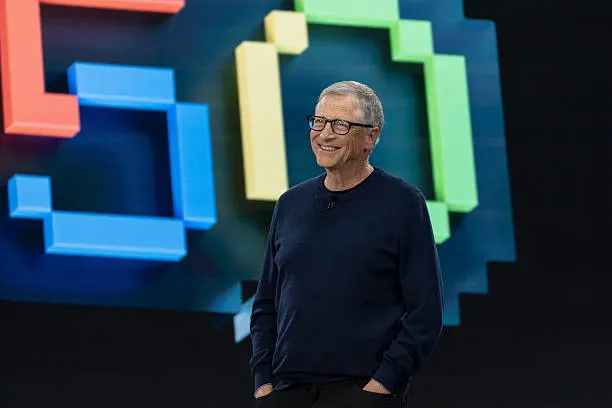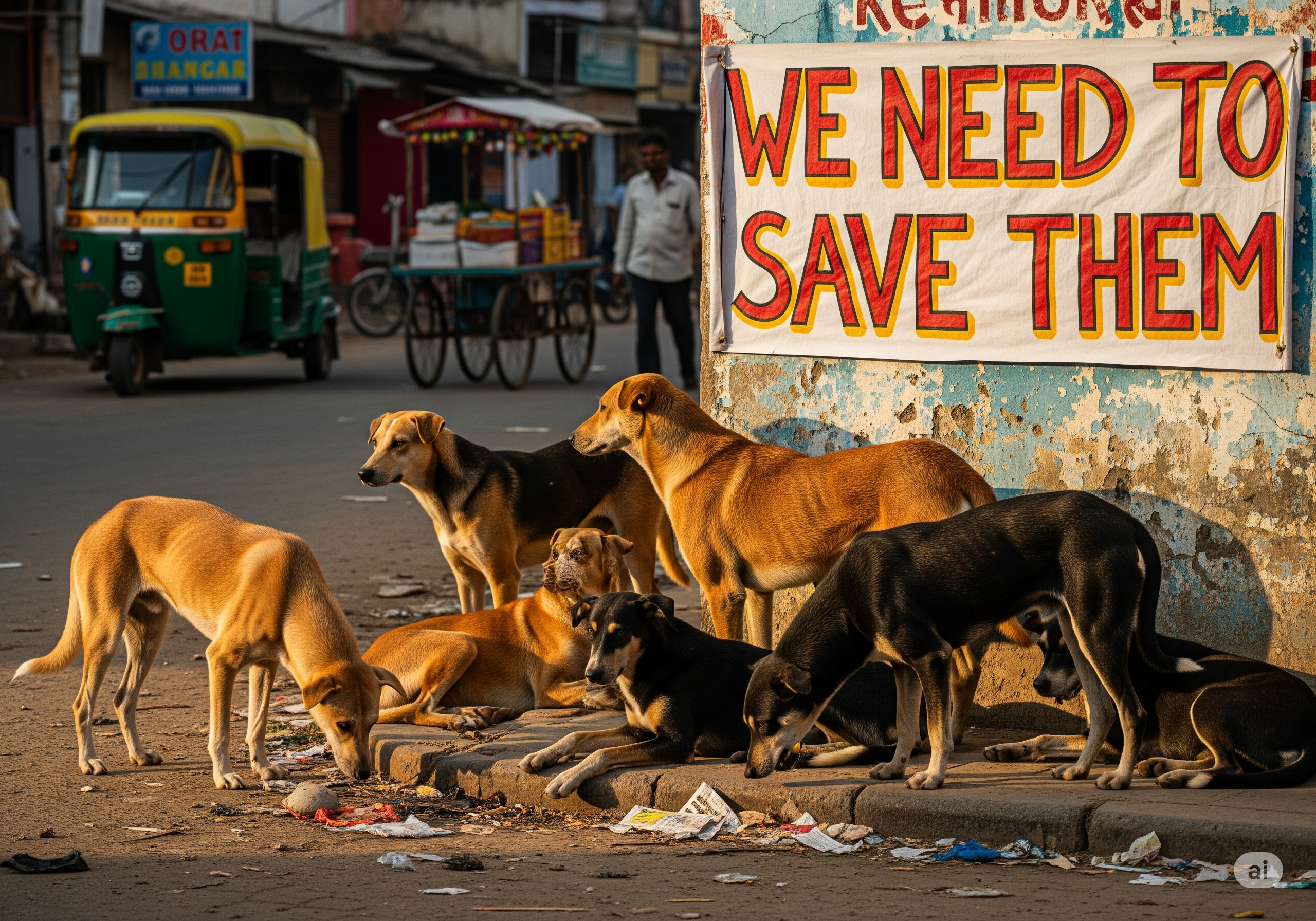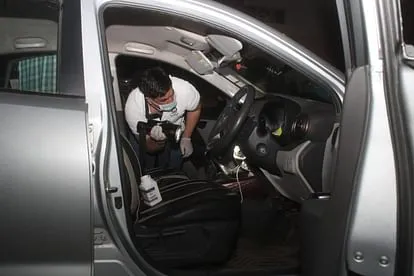ATM Cash Withdrawals to Cost More from May 1, 2025: Here’s What You Need to Know
Banking Convenience Is No Longer Free
Starting May 1, 2025, accessing your own money in India through ATMs will come at a higher cost. As per new guidelines, bank customers will now be charged ₹23 per ATM cash withdrawal and ₹9 for checking their balance once their monthly free transaction limit is exhausted. This change affects millions of banking customers and marks a notable shift in how basic banking services are being priced.
This blog provides a comprehensive breakdown of the updated ATM withdrawal charges, the rules issued by the Reserve Bank of India (RBI), their implications for different user groups, public reaction, and how customers can avoid these additional expenses.

1. New ATM Withdrawal Charges in India: What Has Changed?
Under the revised structure effective May 1, 2025:
- Customers are entitled to five free ATM transactions per month from their own bank’s ATM.
- In metro cities, customers can avail three free transactions at other banks’ ATMs.
- The limit is five free transactions at other bank ATMs in non-metro areas.
Once these limits are exhausted:
- Each additional ATM cash withdrawal will cost ₹23.
- Each balance inquiry, mini-statement, or PIN change will cost ₹9.
These charges apply to savings and current account holders across public and private sector banks.
2. Why Are Banks Charging for ATM Usage Now?
According to banking industry officials and RBI sources, the decision to hike ATM charges is based on multiple factors:
a. Rising ATM Maintenance Costs: Operating ATMs involves ongoing expenses such as security, electricity, internet connectivity, machine maintenance, and regular cash replenishment. As inflation drives up these costs, banks are looking to offset them through user charges.
b. Decline in ATM Footfall: With digital payments (especially UPI) becoming more popular, the usage of ATMs has decreased. Maintaining underutilized ATMs without generating revenue is increasingly becoming financially unviable.
c. Push Toward Digital Banking: The RBI and banking ecosystem are focused on transitioning India into a cashless economy. Charging for ATM use could nudge more users toward mobile and internet banking.
d. Cash Logistics and Security: The transportation of currency between bank branches and ATMs is a significant logistical undertaking. Costs related to armored vans, guards, and insurance have seen a sharp increase.
3. Impact on the Common Man: Not Just Spare Change
While ₹23 per withdrawal or ₹9 per balance check might seem like a small sum, they can add up quickly, especially for:
a. Daily Wage Workers: These individuals often withdraw small amounts multiple times a week to manage daily expenses. Paying ₹23 for each transaction beyond the free limit can severely impact their monthly income.
b. Senior Citizens: Many elderly account holders are not comfortable with mobile or internet banking. They rely heavily on ATMs for cash withdrawal and balance inquiries.
c. Rural Customers: In regions where digital infrastructure is weak or literacy levels are low, ATMs remain the most accessible way to interact with banks.
d. Students and Entry-Level Employees: Limited budgets and frequent cash usage for food, transport, and other needs could make these charges burdensome.
4. How Do These Charges Compare Internationally?
India is not alone in charging customers for ATM use, but the context matters. Here’s how major countries handle ATM usage:
| Country | ATM Withdrawal Fee |
|---|---|
| USA | $2–$5 for out-of-network usage |
| UK | Mostly free within bank networks |
| Germany | €2–€5 for other banks’ ATMs |
| Australia | Free in-network, ~$2 otherwise |
| India | ₹23 per extra withdrawal |
The difference lies in income levels and financial literacy. In India, even small charges can deter people from accessing their own money.
5. Public Reaction: Frustration, Humor, and Viral Memes
Social media platforms like Twitter, Instagram, and Reddit have seen an explosion of commentary on the new charges:
- “So I get charged ₹9 to confirm I’m broke? Great!”
- “Modern banking: Pay to know your balance is low.”
- “Banks are charging rent on my own money.”
Many have compared these fees to a “tax on the poor,” since wealthier customers often avoid ATM use by relying on high-limit credit cards and digital banking.
6. What the RBI Says: Official Guidelines
The Reserve Bank of India allows banks to set charges for ATM transactions beyond a minimum number of free monthly transactions. These are:
- 5 free transactions from own-bank ATMs (withdrawal + non-financial)
- 3 transactions from other-bank ATMs in metros
- 5 transactions in non-metro areas
Banks are required to:
- Notify customers through SMS/email once they exhaust free transactions
- Clearly display these charges at ATMs and bank branches
- Offer additional free usage for Jan Dhan accounts and senior citizens, depending on individual bank policies
7. How to Avoid Paying ATM Charges
The good news? There are ways to manage your banking habits and stay within the free usage limits:
a. Use Digital Banking Apps: Most banks have mobile apps that allow:
- Balance checks
- Mini-statements
- Fund transfers
b. UPI and Wallet Services: Use services like Google Pay, PhonePe, Paytm, and BHIM to make payments directly without needing cash.
c. SMS and Missed Call Services: Banks offer free services to check balances and mini-statements through SMS or missed calls.
d. Plan Your Withdrawals: Make fewer, larger withdrawals to avoid crossing the transaction limit.
e. Use Your Bank’s ATM: Whenever possible, use the ATM of the bank where you hold your account.
8. Bank-Specific Rules to Know
Different banks have slightly different interpretations of the RBI’s cap. Here’s a quick glance:
- SBI ATM charges 2025: ₹23 per withdrawal after limit; ₹9 for balance check
- HDFC Bank: Charges applicable post 5 free transactions (own ATM); ₹23/₹9 respectively
- ICICI Bank: Same fee structure with notification alerts
- PNB, Canara Bank: Following the RBI’s structure with added SMS alerts
9. Ethical Concerns and the Future of Banking Access
Critics argue that charging for basic services like balance inquiry and cash withdrawal is:
- Regressive: It disproportionately affects low-income users
- Exclusionary: It punishes those who are not digitally literate
- Contradictory: It goes against the government’s financial inclusion agenda
The real question is: Should access to your own money be chargeable?
While banks need revenue, there must be a balance between operational viability and consumer rights.
Stay Informed, Bank Smart
The new ATM charges are not just about numbers—they represent a larger shift in India’s banking philosophy. As services become digitized and monetized, customers must evolve too.
Here’s what you can do:
- Stay updated with your bank’s terms
- Leverage digital banking tools
- Use ATMs strategically
- Encourage others—especially seniors—to learn mobile banking basics
At the end of the day, your money belongs to you. Don’t let avoidable charges chip away at your savings.
Also Read: KMC’s Crackdown on Rooftop Restaurants: What Building Rule 117/4 Means for Kolkata’s Food Scene only at BuzzTimes.












1 thought on “ATM Cash Withdrawals to Cost More from May 1, 2025: Here’s What You Need to Know”